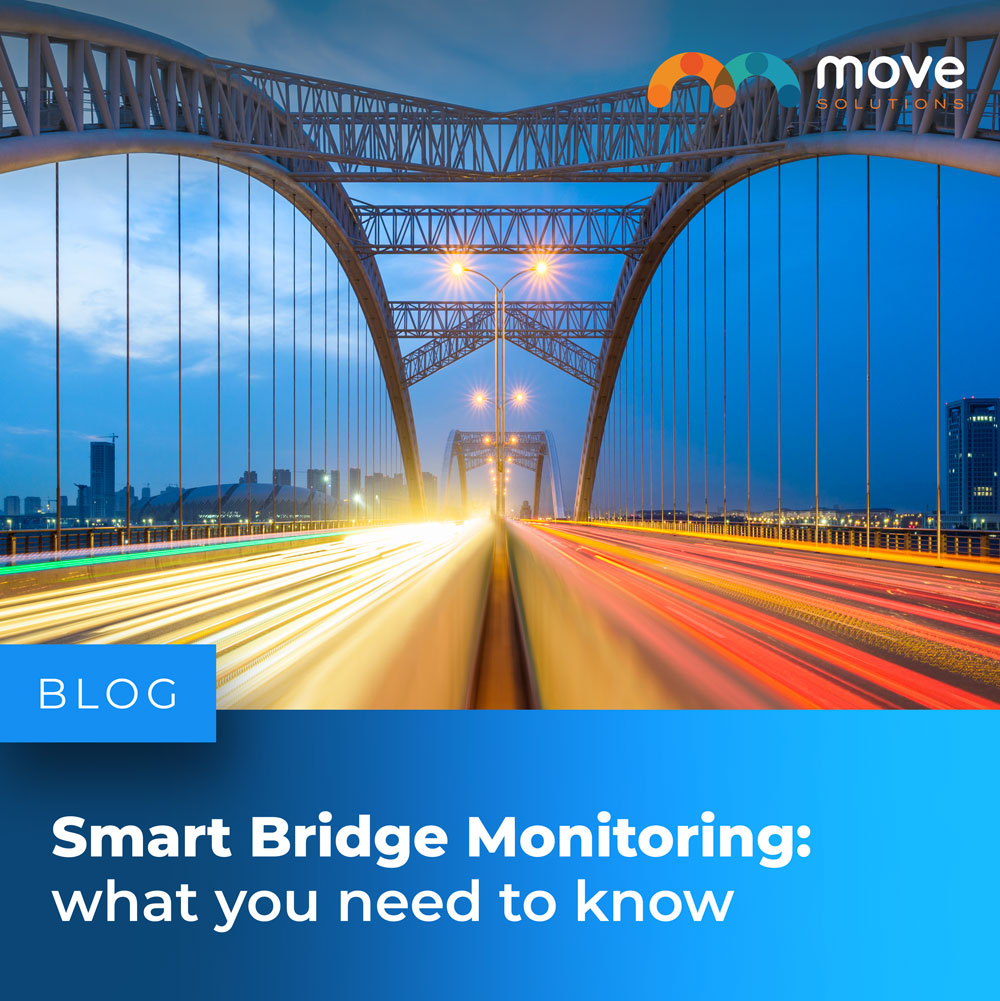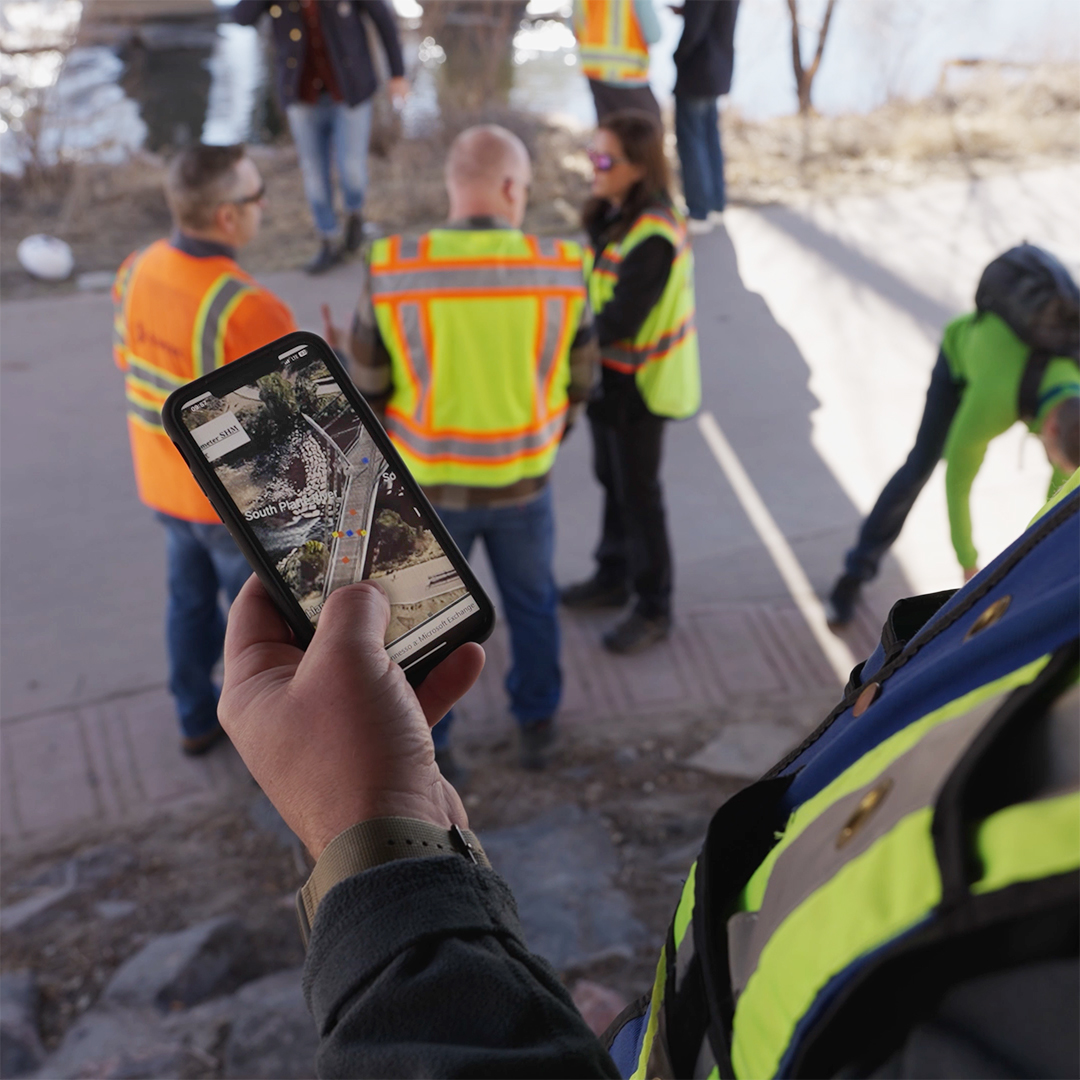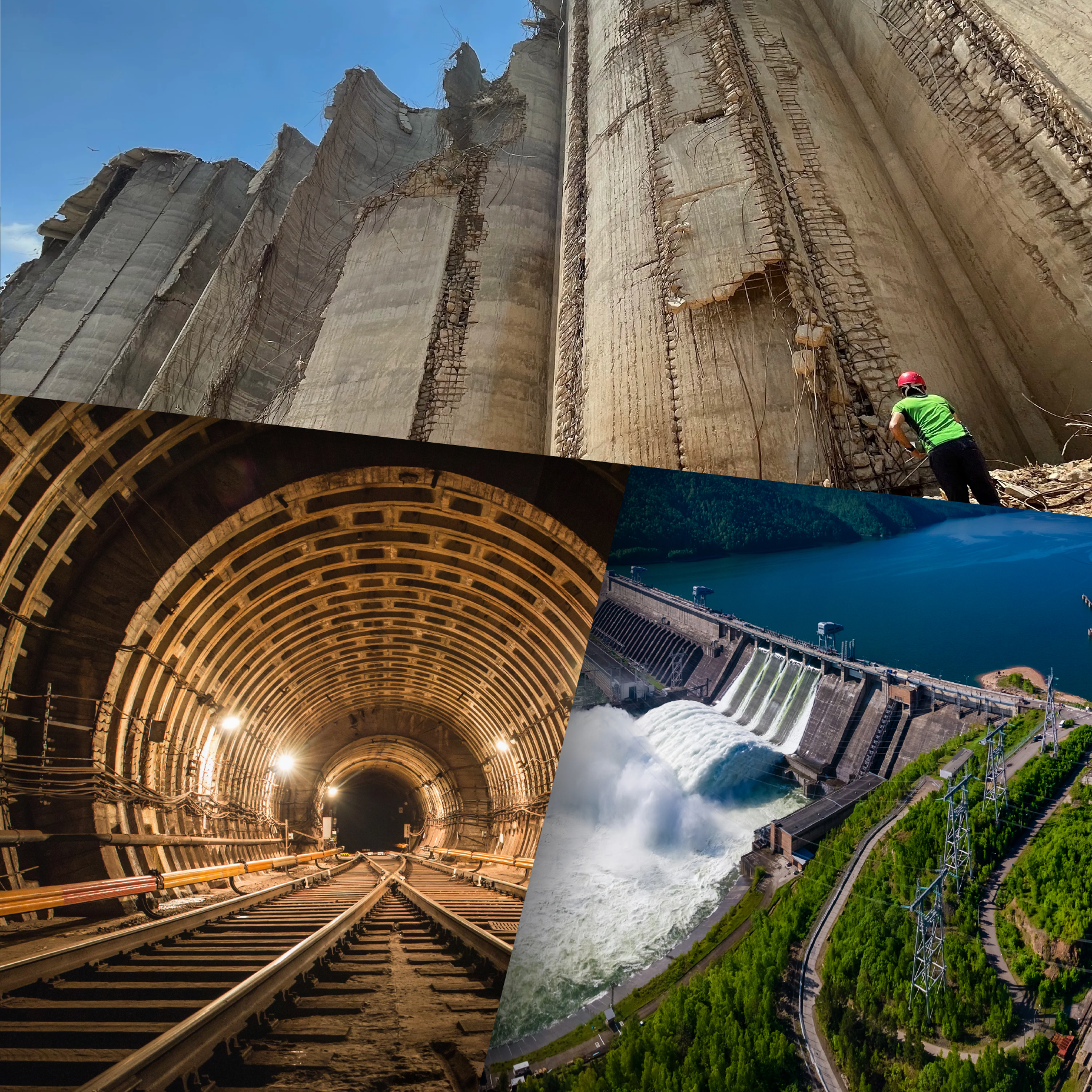Smart Bridge Monitoring: what you need to know
June 2022
Bridges and viaducts are stressed every day by different loads. As the infrastructure ages, maintenance is critical to keep the bridge viable.
A bridge monitoring system provides the information needed to support an optimized maintenance cycle, improving safety and reducing operations costs.
What data needs to be monitored?
A monitoring system should aim to monitor both short and long term structural parameters. Continuously monitoring vibrations, movements and structural changes of bridges allows for an analysis of structural health and for an identification of potential failures before it is too late.
The following parameters are generally the most important aspects to be measured on a bridge:
- inclination;
- acceleration;
- modal frequencies;
- amplitude of dynamic oscillation.
Any variations in those parameters are related to the bridge structural degradation.
What sensors are required?
1. Tiltmeter
The tiltmeter is a static wireless sensor used for measuring the inclination and the static angular variation of the structure. If installed on the spans, it monitors the variation of the inclination of the spans over time and it evaluates the (static) sag profile during the static load test.
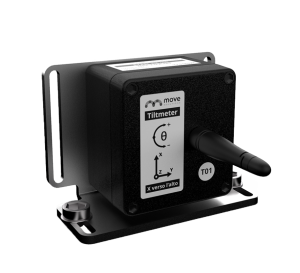
Tiltmeter

Example of a Tiltmeter layout on a bridge
The Accelerometer SHM is a dynamic wireless sensor designed to measure acceleration and modal frequencies. An example of a good accelerometer layout on a bridge is to position the sensors on the central beam.
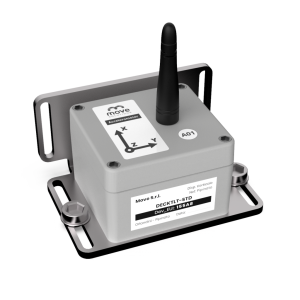
Accelerometer

Example of an Accelerometer SHM layout on a bridge
3. DECK sensor
The DECK sensor measures the amplitude of the dynamic oscillations of the structure. Commonly placed on decks, it is useful to detect unusual events and to understand if and how the stress reaction of the monitored structures varies over time.
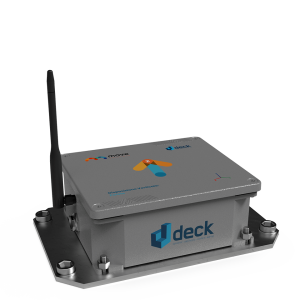
Deck sensor

Example of a DECK sensor layout on a bridge
4. Gateway
The Gateway is a control unit that receives the information transmitted by the multiple sensors installed via LoRaWAN and, using cellular connectivity, forwards that data to the online servers. Unlike the other devices, it requires a power supply (or solar panel).
Why Smart is better
1. A Smart Structural Health Monitoring system has wireless and plug-and-play sensors that are not only much easier and faster to install, but that are also much cheaper. Without wires, installation costs exponentially decrease, as well as the number of technicians needed on site.
2. Smart SHM also means remote and real-time monitoring: all sensors send the data collected from the structure to a Cloud Platform, accessible from any computer, at any time, enabling people to always have the health of the structure under control.
3. Smart devices have a trigger function that sends an alarm when a certain activation and threshold is exceeded, allowing for prompt intervention when an exceptional event occurs.
4. Finally, a Smart system offers easy data readings thanks to graphs and images that help better understand the information received by the sensors and simplify the planning of a maintenance strategy.
Smart Bridge Structural Health Monitoring is the future.
New technologies are disrupting the world of infrastructures allowing for a level of control and safety that was impossible before.
Digitalising bridges is the key to avoid failures and to ensure safer transportation systems.
If you would like to learn more, watch our webinar.


